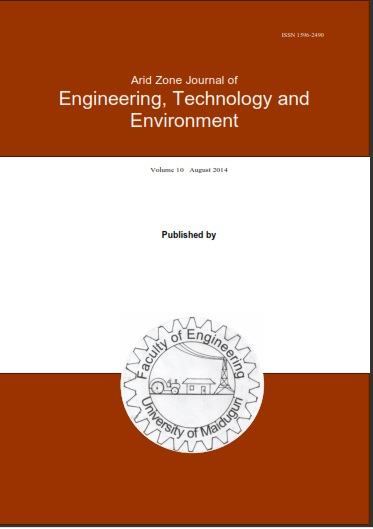Abstract
The impact of path loss has significant implications for the pricing strategies adopted by mobile communication companies. Accurate determination of path loss is crucial for effectively planning and operating high-capacity networks that deliver reliable services. Although previous researchers have devised various system designs, these models cannot be universally applied across all environments. The ongoing signal deterioration due to urbanization and industrialization presents a challenge to network capacity. This study aims to develop an Average path loss system specifically tailored for the planning of Worldwide System for Mobile Communication networks in the vicinity of the Federal University of Petroleum Resources Effurun (FUPRE) and its surrounding areas. The methodology employed involves instrumentation and measurement techniques. Distances in meters are measured using a digital wheel meter, while a handheld Android device equipped with G-MoN Pro software captures data including reference signal strength indicator (RSSI), latitude, and longitude during driving tests conducted along predefined routes. The collected data were subjected to regression analysis. The results indicated that the exponent path loss value (n) is 3.07, suggesting a cellular radio network environment typical of a metropolitan area. The root mean square error (RMSE) of 4.91 dB falls within an acceptable range for the reference measurement environment in the region. The average network models demonstrated greater precision than all other models, producing outputs with a smaller margin of error. Therefore, providers of GSM network infrastructure can leverage this practical model, based on the Log-Normal shadowing principle, to enhance and optimize their services in the FUPRE area and its surroundings

This work is licensed under a Creative Commons Attribution-NonCommercial-NoDerivatives 4.0 International License.
Copyright (c) 2024 Arid Zone Journal of Engineering, Technology and Environment

